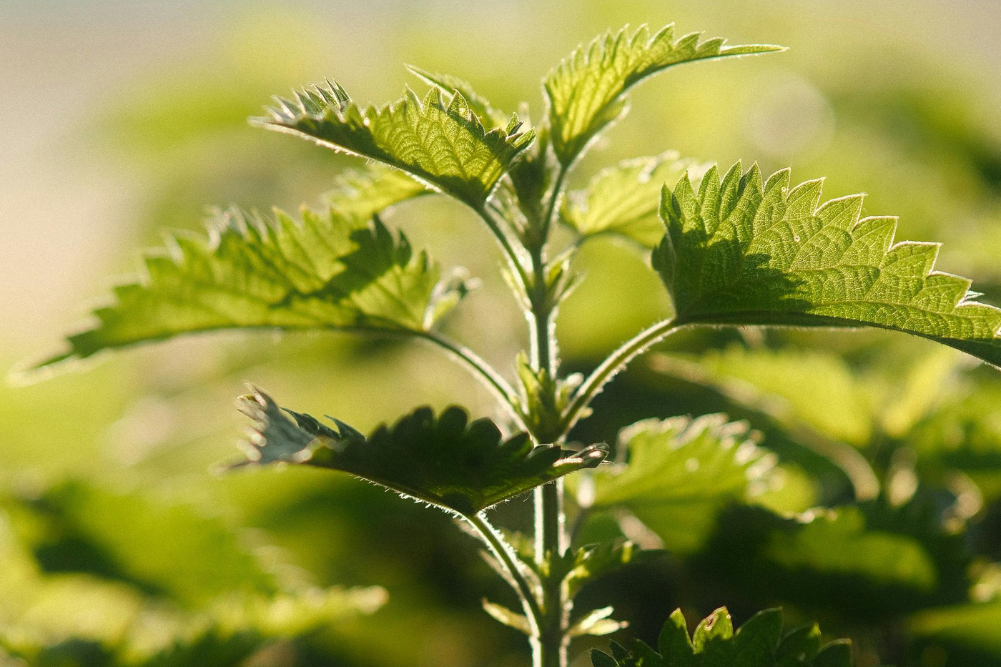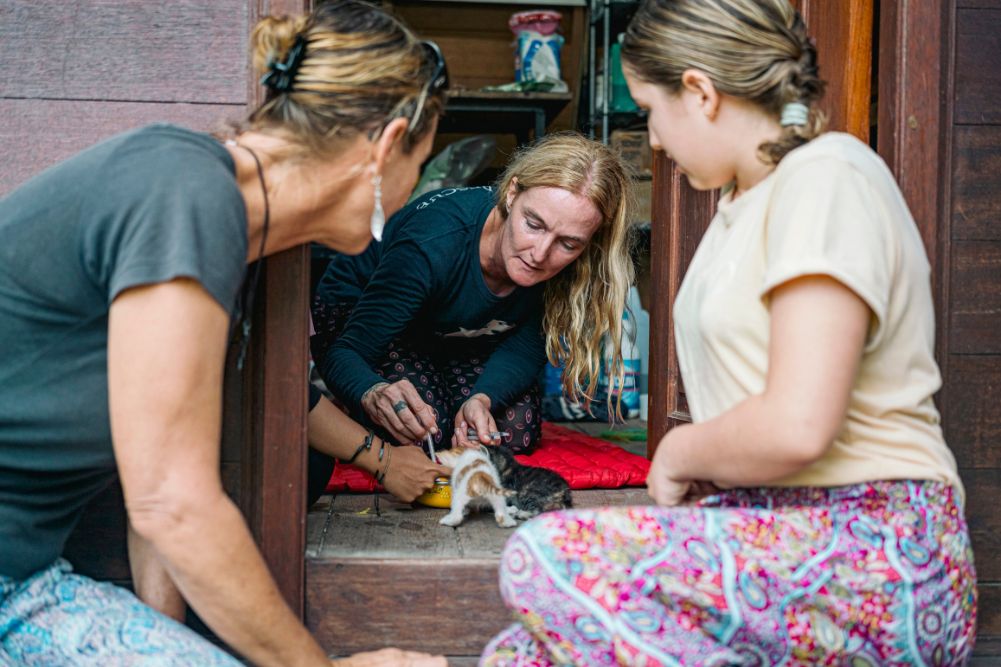Adapting to droughts
I grew up in the era of flexible hoses and sprinklers attached to taps of endless water, but this won’t be the world my grandkids inherit. Our earth now faces wild and unpredictable weather, including many droughts.
Humans tend to adapt well, though. We will learn to recycle our house water and create “green walls” to grow our own vegetables, with no transport except from plant to plate. We might adapt our diets to fewer water-hungry plants. And we might change the way we garden, too. Wicking gardens rarely need watering, nor do “farms” grown in greenhouses that harvest their evaporation to use again. But we’ll still probably mulch.
Mulch doesn’t just stop moisture evaporating — it increases the moisture-holding capacity of the soil and encourages roots to grow larger, longer and fatter. You should mulch way beyond the width of your plant to encourage roots to grow out as far as possible. However, mulch can also encourage roots to spread out shallowly, into the soft mulch-enriched topsoil, so you need to encourage them to dive deeper. Be careful with mulch — most rain in droughts comes in short showers which may be soaked up by the mulch, so your plants won’t get any.
Ironically, the best mulch in droughts is pebbles. The water not only runs off the pebbles into the soil, but at night the moisture in the air condenses on the pebbles and drips into the soil around your plants. This won’t be enough to make them flourish, but it might be enough to help keep them alive.
To increase drought-resistance, plant more deeply — at least three times as deep as the roots, then fill in with loose soil. This will encourage the roots to go down into the cooler and usually more moist soil. One trick is to surround the top of the hole with plastic or another barrier, even the top of a bucket, to stop the roots spreading out too shallowly.
The trees that die first in droughts — and topple over first in storms — are those growing in the middle of lawns that are regularly watered. One thorough and deep water or, even better, a steady drip from a dripper or even a tiny hole in a barrel of water will keep the sub-soil moist — and that is where you want your roots to head. Deep and strongly rooted plants are more heat, drought and cold hardy and less likely to fall over.
Work out what has to be watered, and what will return when it rains. Grasses nearly always return. But give trees and shrubs you’ve cosseted for years a good soak every couple of weeks or once a week if you haven’t mulched them. Water only to root depth when water is scarce, any more means you’re watering the soil, not the plant. Seedlings may only need a gentle water, but often. Big trees need a longer soak.
When I put the sprinkler on, I leave an empty jar under the spray. When it’s about an eighth full, I know I’ve watered the seedlings enough; a quarter full is about right for vegetables and grass, half full is a decent water for a small shrub and totally full is a good soak for trees.
When you plant your tree, dig another hole nearby and put in a metre-long length of polypipe, with one end just above the soil. Pour water down this once a week. You’ll create a deep moist area of sub-soil and roots will head towards it ( just as they’ll head towards a leak in your sewage pipe).
Look for new water- and plant-saving gadgets, such as tree sleeves. They’re mostly used to establish trees in paddocks or along roads, but though they’re ugly, they can keep your young plants alive in bad times. They protect plants from frost, but just as importantly, they help protect plants in hot winds too, and I suspect a little moisture also condenses from the air and runs down the plastic and waters the tree.
Try commercial or homemade Aqua Spikes. Dry soil repels water, but these little doovers are great for getting moisture where it’s needed. You screw an old soft drink bottle into the 203mm spikes, poke a few next to your shrub, then fill them up with the hose. The water drains out at about a litre an hour. None of these of course are a substitute for a good downpour. But when the rain does come again, you’ll still have a garden to grow and flourish.
Plant many species and many varieties too. Who knows what will flourish in 100 years’ time? Among your jungle you’ll have survivors that will keep feeding us and other species, while keeping our earth green.








